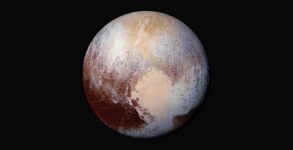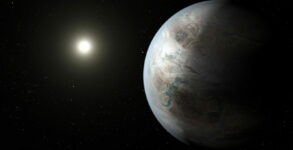A newly discovered planet with a surface temperature slightly cooler than Venus may have an atmosphere able to host alien life, according to a new study.
This rocky planet atmosphere is the Earth’s best chance to study the atmosphere outside the solar system. This planet is around 26 light-years away which makes it closer to Earth (strictly in galactical terms).
With a piping-hot surface temperature of 430 degrees Celsius, Gliese 486b is too hot to support human life. But studying its atmosphere can help the scientists of Earth to understand the atmosphere which is suitable for Alien life.
Gliese 486b is the only planet so far detected orbiting the small star and has a radius 1.3 times larger than the Earth but is 2.8 times more massive.
The planet has an iron-silicate composition similar to the makeup of Earth but is much hotter, with a surface temperature of 428 degrees Celsius, the team studying the planets said.
“This is the kind of planet we’ve been dreaming about for decades,” says Dr. Ben Montet, an astronomer and Scientia Lecturer at UNSW Science and co-author of the study.
“We’ve known for a long time that rocky super-Earths must exist around the nearby stars, but we haven’t had the technology to search for them until recently. This finding has the potential to transform our understanding of planetary atmospheres.”
“Understanding super-Earths is challenging because we don’t have any examples in our backyard,” says Dr. Montet. “Gliese 486b is the type of planet we’ll be studying for the next 20 years.”
Humans on Super-Earth Gliese 486b
“With a surface of 430 degrees Celsius, you wouldn’t be able to go outside without some kind of spacesuit,” he says.
“The gravity is also 70 percent stronger than on Earth, making it harder to walk and jump. Someone who weighed 50 kilograms on Earth would feel like they weighed 85 kilograms on Gliese 486b.”
“If humans are able to travel to other star systems in the future, this is one of the planets that would be on our list,” he says.



















